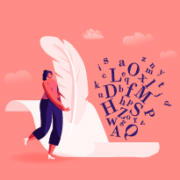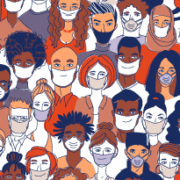7 Poets With Hearing Loss
Take in Some Stanzas for National Poetry Month in April
It’s April, and that means poetry! Make it official, outspoken (#NationalPoetryMonth), or under the radar, but whatever you do, celebrate these poets with hearing loss and singular voices.
Gael Hannan
A renowned humorist, author, and passionate advocate for hearing loss issues, Gael Hannan grew up with progressive hearing loss. She teaches speechreading, holds hearing awareness workshops, and conducts sensitivity training for organizations large and small. She was honored with the Consumer Advocacy Award from Speech-Language and Audiology Canada.
Her poem “Those Things on the Side of Our Head” concludes this article featuring three other poems by authors with hearing loss, including the next person on our list!
Shanna Groves
Shanna has progressive hearing loss and is a speaker, author, and advocate for hearing loss issues. She has a popular blog, Lipreading Mom, is a finalist in the Oticon 2022 Focus on People Awards, and launched an awareness campaign, Show Me Your Ears.
Here’s that link again. This time, catch Shanna’s poem, “A Different Kind of Beauty.”
Camisha L. Jones
Camisha served as managing director of Split This Rock, a national poetry nonprofit centering social engagement, from November 2013 through August 2022. She competed at the 2013 National Poetry Slam on behalf of Slam Richmond, is co-editor of a forthcoming anthology of disability poetry, and lives with fibromyalgia and Ménière’s Disease.
Her poem “Ode to My Hearing Aids” is from her chapbook Flare, which focuses on her experiences with hearing loss and chronic pain.
Noah Baldino
Noah is a writer and editor with middle-frequency hearing loss whose poems have appeared in POETRY, The Yale Review, and elsewhere. A recipient of the 2019 Academy of American Poets Prize, Noah has also received support from numerous organizations, including Bread Loaf, Poetry Foundation, and The Stadler Center for Poetry and Literary Arts.
Head here to check out Noah’s poem “Hearing Loss.”
Raymond Antrobus
Raymond Antrobus MBE FRSL is an East London-born poet, performer, and hearing aid user. His poems have appeared in magazines and literary journals, he has read and performed his poetry at prestigious festivals and universities, and he is co-curator of popular London poetry events Chill Pill and Keats House Poets.
Enjoy this spoken-word performance of his two-minute piece “The First Time I Wore Hearing Aids.”
Willard J. Madsen
Any article on poetry and hearing loss wouldn’t be complete without mentioning the classic “You Have to Be Deaf to Understand.” Willard J. Madsen’s 1971 poem became so popular it was eventually translated into seven different languages, was reprinted in numerous publications, and is considered a classic of Deaf culture. Madsen became deaf at age two because of scarlet fever and taught at Gallaudet University for almost 40 years.
Clayton Valli
Clayton Valli pioneered the concept of using a curriculum for deaf children focusing on ASL as a first language. He was also the first person to earn a doctorate in ASL poetry, from the Union Institute in Ohio. His original works of ASL poetry garnered international recognition, for example, “Dandelion,” which suggests ASL persists despite intentional efforts to weed it out.
Whether poetry or K-pop, we’d love to help you hear your passion better — contact us today to schedule a hearing consultation!




